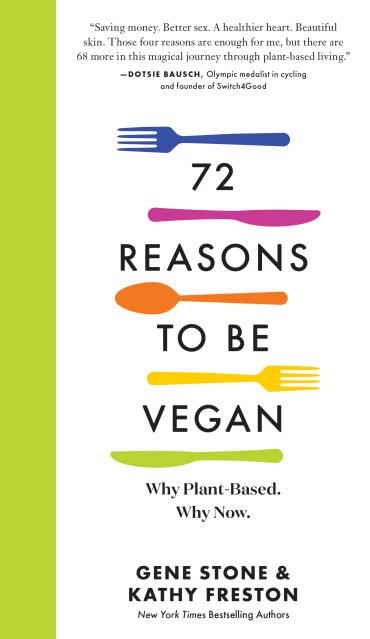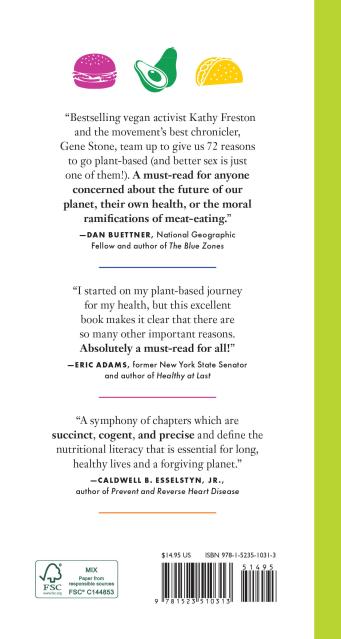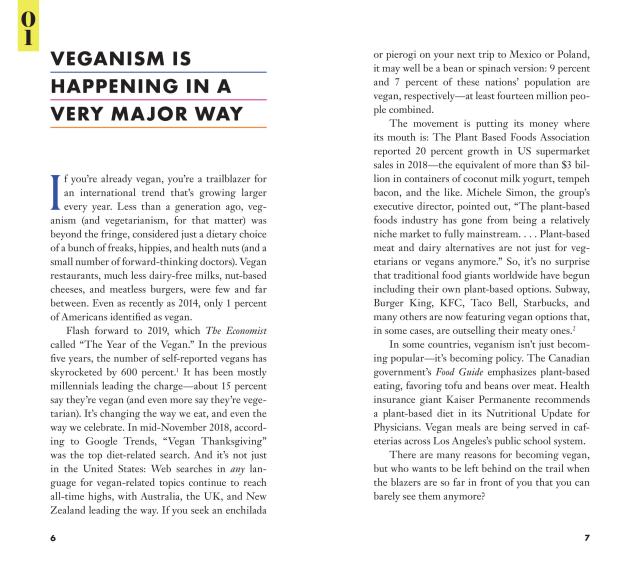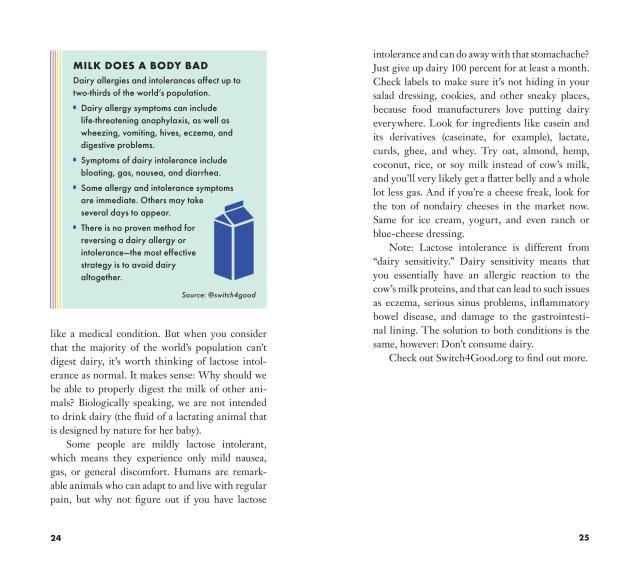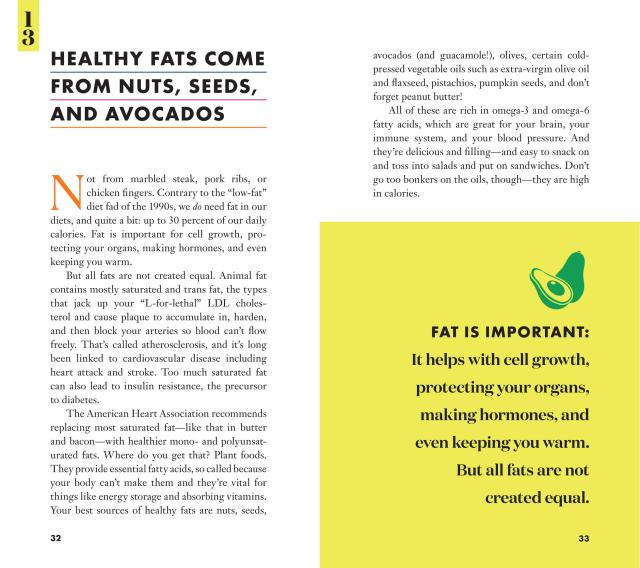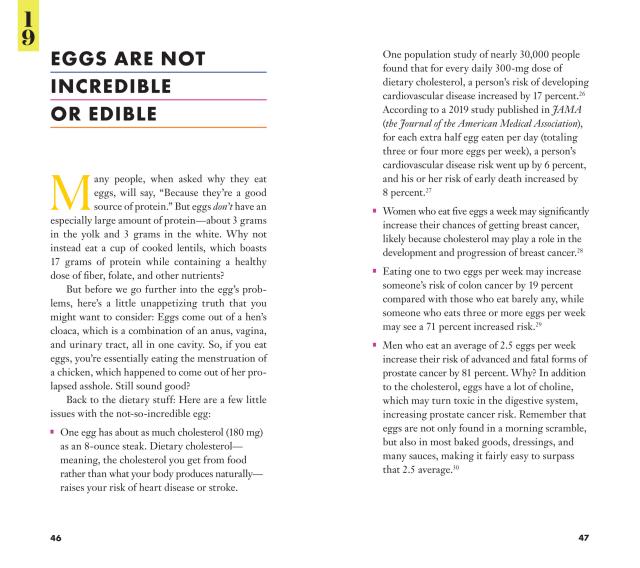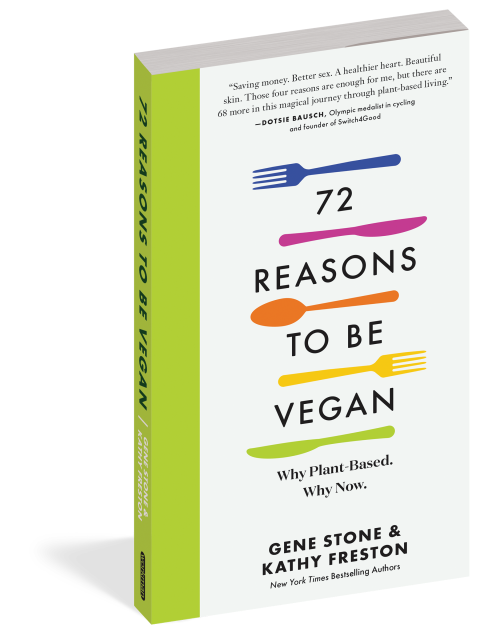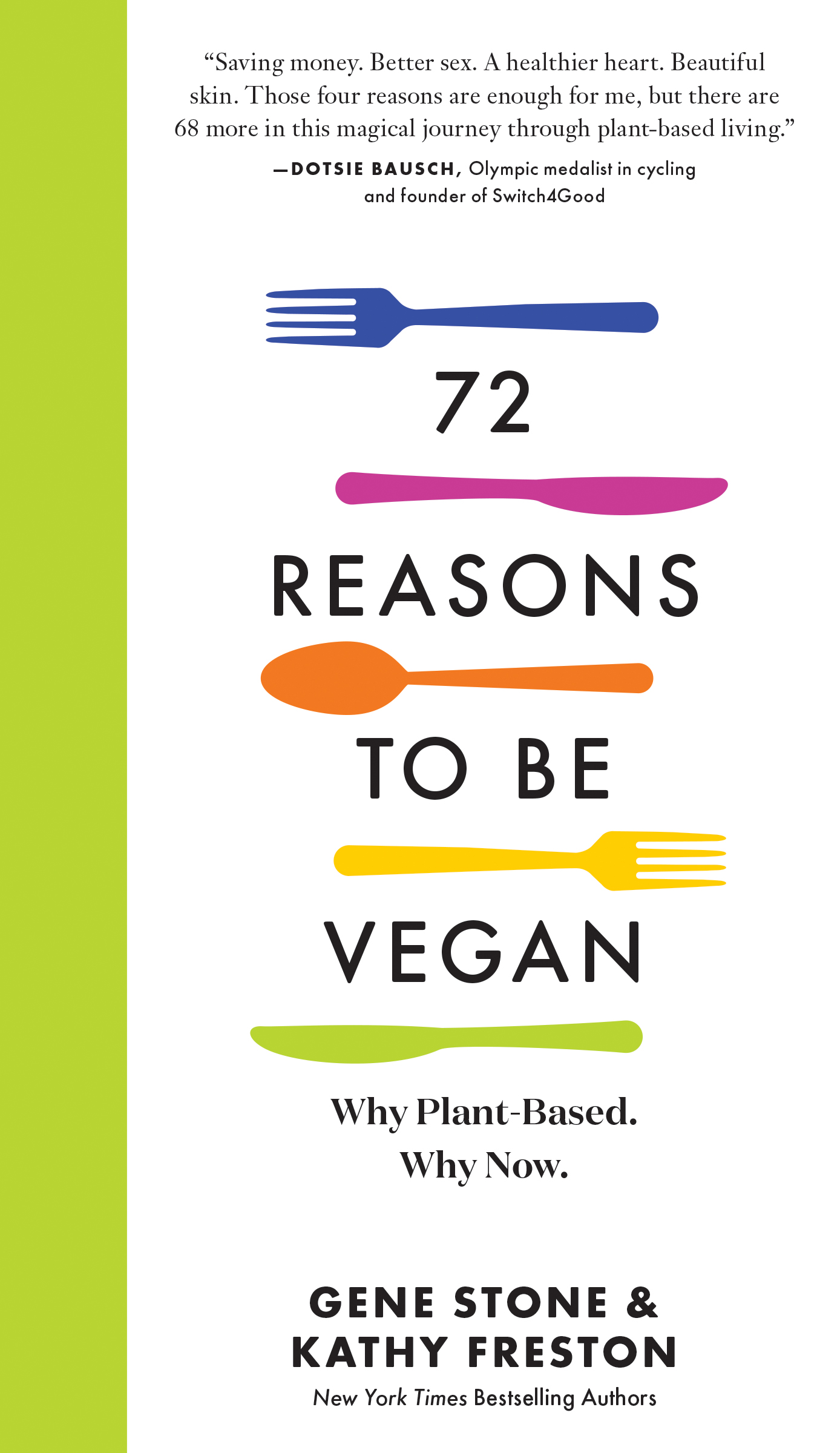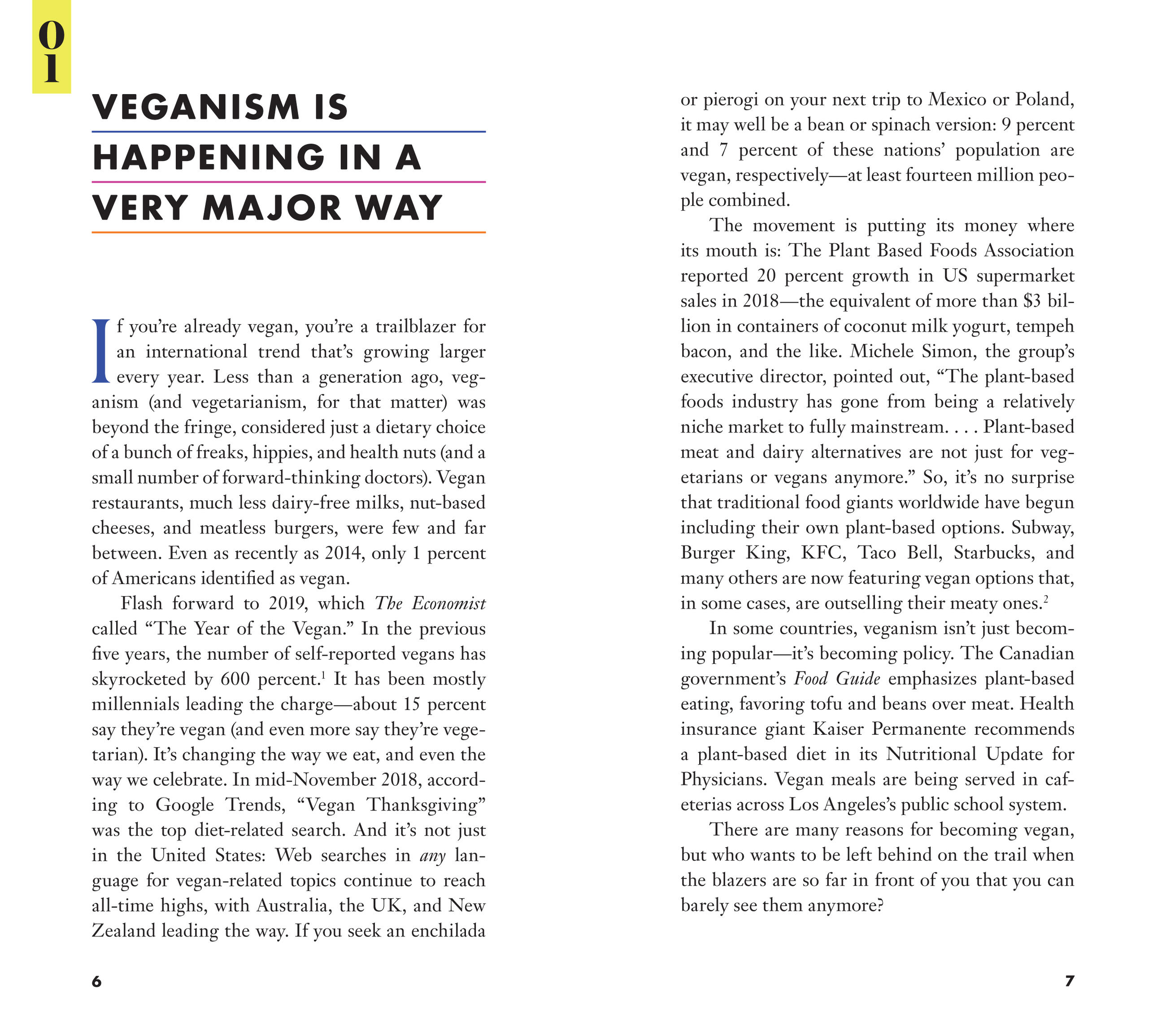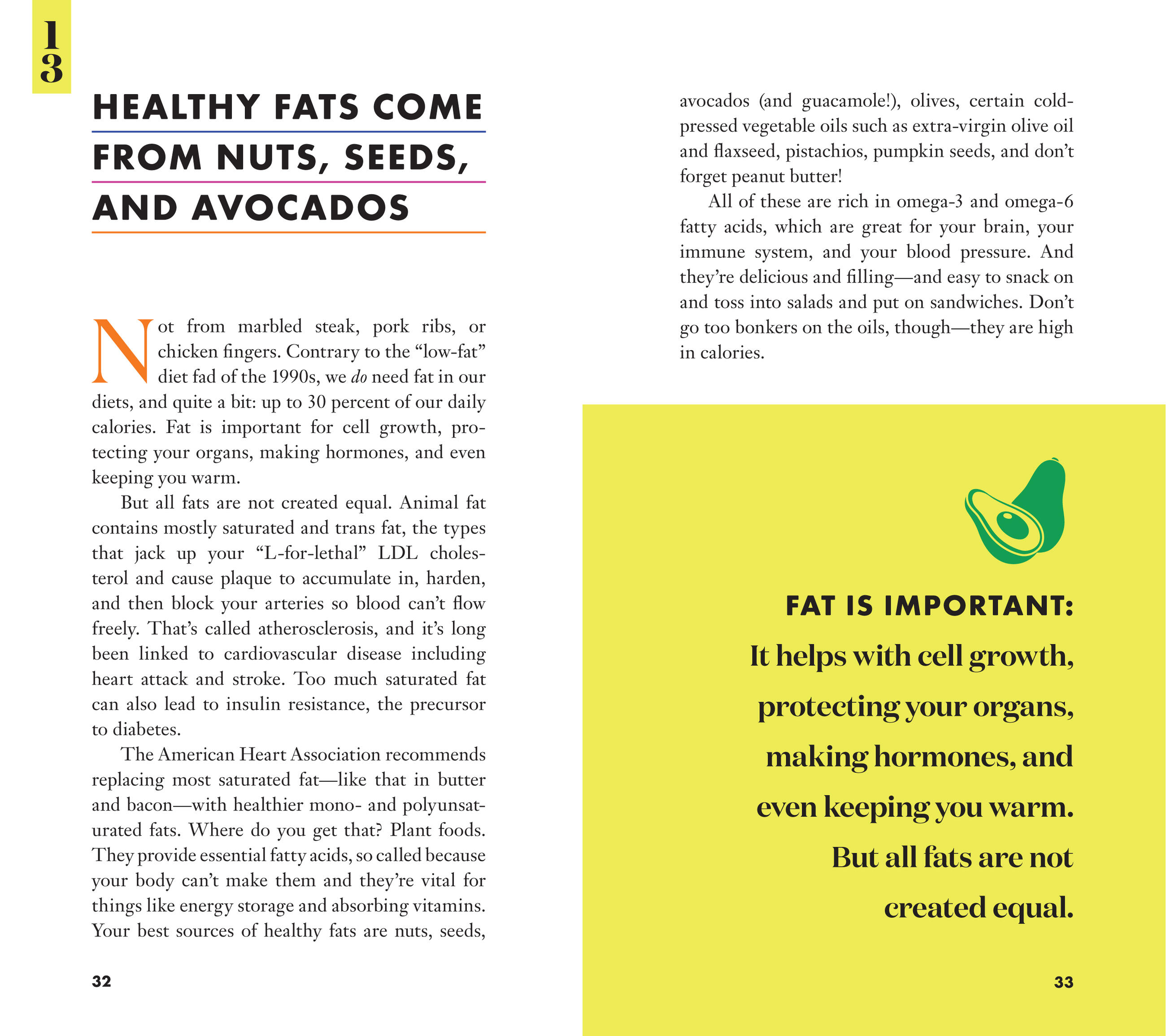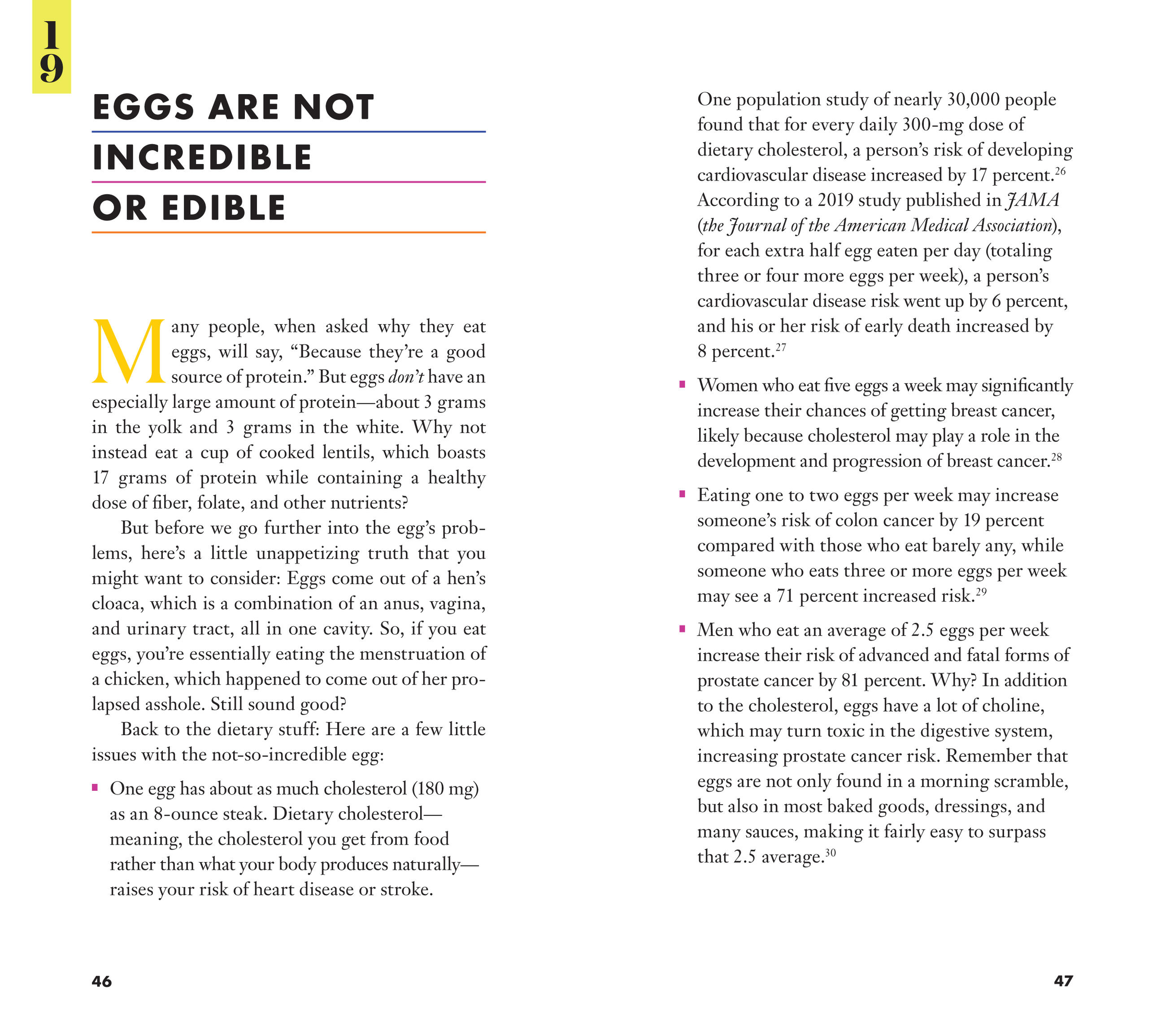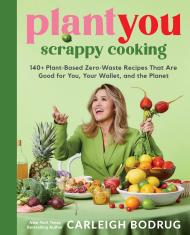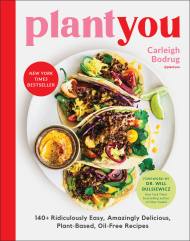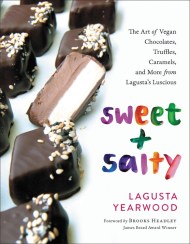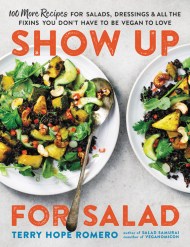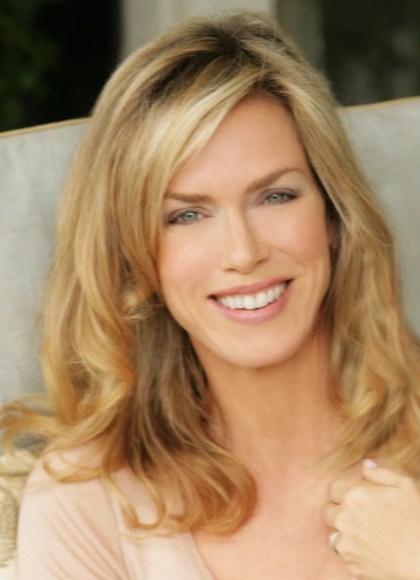Promotion
Use code MOM24 for 20% off site wide + free shipping over $45
72 Reasons to Be Vegan
Why Plant-Based. Why Now.
Contributors
By Gene Stone
Formats and Prices
Price
$14.95Price
$19.95 CADFormat
Format:
- Trade Paperback $14.95 $19.95 CAD
- ebook $9.99 $12.99 CAD
- Audiobook Download (Unabridged) $18.99
This item is a preorder. Your payment method will be charged immediately, and the product is expected to ship on or around March 30, 2021. This date is subject to change due to shipping delays beyond our control.
Also available from:
Better sex, glowing skin, and more money…by going vegan
Did you know that if you adopt a vegan diet you can enjoy better sex? Save money? Have glowing skin? You can ward off Alzheimer’s, Type 2 diabetes, rheumatoid arthritis, and other metabolic diseases. You can eat delicious burgers. Help save the planet. Join the cool kids, like Gandhi, Tolstoy, Leonardo—and Kyrie Irving, Kat Von D, and Joaquin Phoenix. Oh, and did we mention have better sex? (It’s about blood flow.)
Those are just some of the 72 reasons we should all be vegan, as compiled and persuasively argued by Gene Stone and Kathy Freston, two of the leading voices in the ever-growing movement to eat a plant-based diet. While plenty of books tell you how to go vegan, 72 Reasons to Be Vegan is the book that tells you why. And it does so in a way that emphasizes not what you’d be giving up, but what you’d be gaining.
“Bestselling vegan activist Kathy Freston and the movement’s best chronicler, Gene Stone, team up to give us 72 reasons to go plant based (and better sex is just one of them!) A must-read for anyone concerned about the future of our planet, their own health, or the moral ramifications of meat-eating.”
—Dan Buettner, National Geographic Fellow and author of The Blue Zones
Genre:
-
"Gene Stone and Kathy Freston put forth a persuasive argument for a plant-based lifestyle" —USA Today
“Saving money. Better sex. A healthier heart. Beautiful skin. Those four reasons are enough for me, but there are 68 more in this magical journey through plant-based living.” —DOTSIE BAUSCH, Olympic medalist in cycling and founder of Switch4Good
“Through outstanding writing and research, Stone and Freston have made eating plant-based thoroughly compelling and enjoyable; read this book and get ready for some seriously positive changes.” —MICHAEL GREGER, author of How Not to Die and founder of NutritionFacts.org
“There are so many reasons why people are choosing to leave animals off their plates, from saving the planet and helping animals to improving health and boosting athletic performance. 72 Reasons to Be Vegan—equal parts inspiring, eye-opening, fun, and informative—explores all these benefits and many more.” —NEAL D. BARNARD, MD, FACC, founding president of the Physicians Committee for Responsible Medicine and author of Your Body in Balance
“If you’ve ever wondered how to convince someone to become vegan, here’s all the evidence and support you’ll ever need in one well-written, easy-to-read book.” —GENE BAUR, cofounder of Farm Sanctuary
“I started on my plant-based journey for health reasons, but this excellent book makes it clear that there are so many other important reasons. Absolutely a must-read for all!” —ERIC ADAMS, former New York State Senator and author of Healthy at Last
“Just the right inspiration for anyone seeking smart, positively impactful life.” —BRIAN WENDEL, choices founder of Forks Over Knives
“Stone and Freston have brilliantly researched the most compelling reasons to be vegan, and they've made it a thoroughly enjoyable read!” —INGRID NEWKIRK, president and cofounder of PETA
“A symphony of chapters which are succinct, cogent, and precise and define the nutritional literacy that is essential for long, healthy lives and a forgiving planet.” —CALDWELL B. ESSELSTYN, JR., M.D., author of Prevent and Reverse Heart Disease
- On Sale
- Mar 30, 2021
- Page Count
- 208 pages
- Publisher
- Workman Publishing Company
- ISBN-13
- 9781523510313
Newsletter Signup
By clicking ‘Sign Up,’ I acknowledge that I have read and agree to Hachette Book Group’s Privacy Policy and Terms of Use
